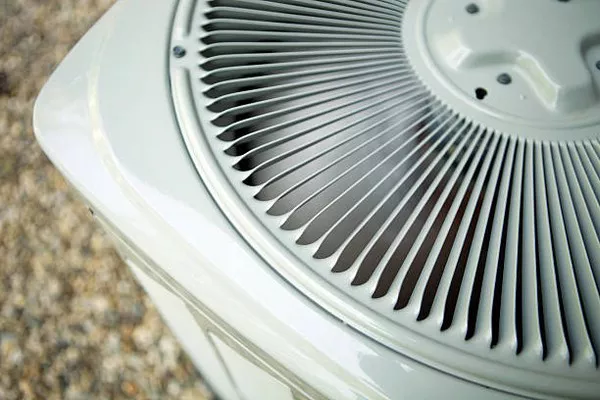Maintaining proper refrigerant levels is crucial for the optimal functioning of air conditioning and refrigeration systems. Freon, also known as refrigerant, is the lifeblood of these systems, facilitating the transfer of heat and ensuring efficient cooling. However, a common question arises: Can you add Freon without the compressor running? This article delves into this topic, exploring the implications and considerations associated with adding Freon to a system when the compressor is not operational.
Understanding the Compressor’s Role:
Before delving into whether Freon can be added without the compressor running, it’s essential to understand the role of the compressor in the refrigeration cycle. The compressor is responsible for compressing the refrigerant, raising its pressure and temperature. This high-pressure, high-temperature gas then flows through the condenser, where it releases heat to the surrounding environment and condenses into a liquid. The liquid refrigerant then passes through the expansion valve or orifice tube, where it undergoes a pressure drop, leading to its evaporation and cooling. This cool, low-pressure gas then enters the evaporator, where it absorbs heat from the surrounding air, thus cooling it down. The cycle repeats as the refrigerant returns to the compressor.
Importance of Compressor Operation:
The compressor is a vital component in the refrigeration cycle, playing a crucial role in maintaining proper pressure differentials and facilitating heat exchange. Operating the compressor ensures that the refrigerant circulates through the system, allowing for efficient cooling. When the compressor is not running, the flow of refrigerant through the system is hindered, potentially leading to issues such as improper cooling, reduced efficiency, and compressor damage.
Can You Add Freon Without the Compressor Running?
While it is technically possible to add Freon to a system without the compressor running, it is not recommended for several reasons:
Inadequate Circulation: Without the compressor running, the flow of refrigerant through the system is limited. Adding Freon to a system with inadequate circulation can result in uneven distribution of refrigerant, leading to inefficiencies and potential damage to components.
Risk of Overcharging: Adding Freon without the compressor running can increase the risk of overcharging the system. Overcharging occurs when an excessive amount of refrigerant is added, leading to higher pressures and potential damage to components such as the compressor and condenser.
Inaccurate Pressure Readings: The compressor plays a crucial role in maintaining proper pressure differentials within the system. Operating the compressor ensures that accurate pressure readings can be obtained, guiding the process of adding Freon to the system. Without the compressor running, pressure readings may be inaccurate, leading to improper charging of the system.
Potential Damage to Components: Adding Freon without the compressor running can potentially damage components within the system. The compressor relies on the flow of refrigerant for lubrication and cooling. Operating the compressor ensures proper lubrication and cooling of components, reducing the risk of damage.
Best Practices for Adding Freon:
To ensure the proper functioning and longevity of air conditioning and refrigeration systems, it is essential to follow best practices when adding Freon:
Check for Leaks: Before adding Freon to a system, it is crucial to check for leaks. Leaks can lead to a loss of refrigerant, compromising the system’s efficiency and performance. Address any leaks before adding Freon to the system.
Operate the Compressor: It is highly recommended to add Freon to a system with the compressor running. Operating the compressor ensures proper circulation of refrigerant through the system, facilitating accurate pressure readings and efficient cooling.
Follow Manufacturer Guidelines: Always refer to the manufacturer’s guidelines and specifications when adding Freon to a system. Follow recommended procedures and use the appropriate type and amount of refrigerant specified for the system.
Monitor Pressure Readings: When adding Freon to a system, monitor pressure readings carefully to ensure proper charging. Refer to manufacturer specifications for recommended pressure levels and adjust accordingly.
Professional Assistance: If you are unsure about adding Freon to a system or encounter any issues, it is best to seek professional assistance. HVAC technicians have the expertise and tools necessary to properly diagnose and address issues related to refrigerant levels and system performance.
See also What Can I Use An Air Compressor For At Home
Conclusion:
Maintaining proper refrigerant levels is essential for the efficient operation of air conditioning and refrigeration systems. While it is technically possible to add Freon to a system without the compressor running, it is not recommended due to potential issues such as inadequate circulation, overcharging, inaccurate pressure readings, and potential damage to components. To ensure the proper functioning and longevity of systems, it is crucial to follow best practices, including operating the compressor, following manufacturer guidelines, monitoring pressure readings, and seeking professional assistance when needed. By adhering to these practices, individuals can ensure optimal performance and efficiency of their air conditioning and refrigeration systems.

